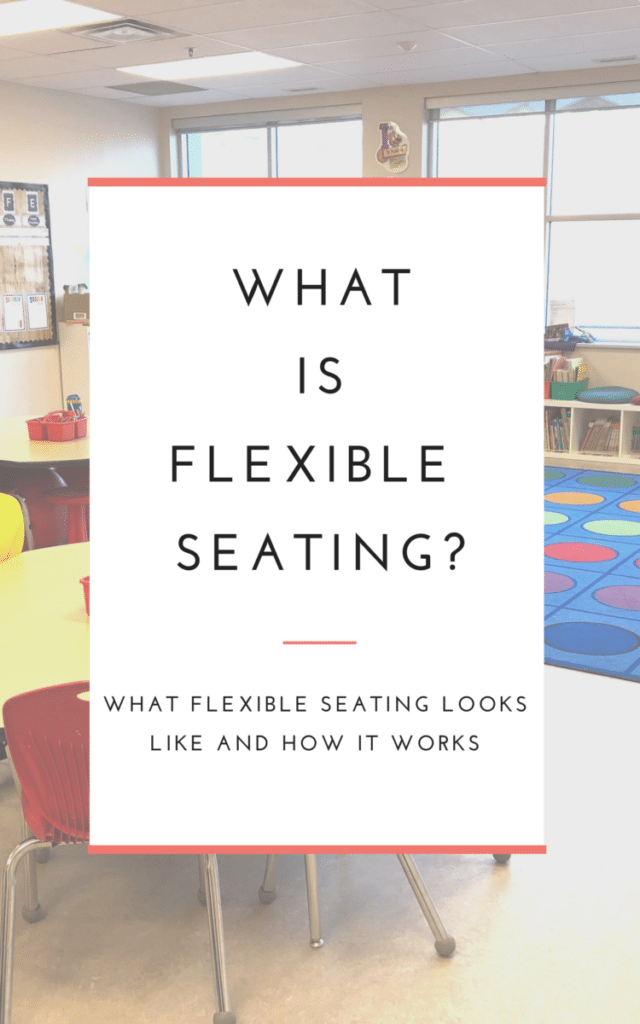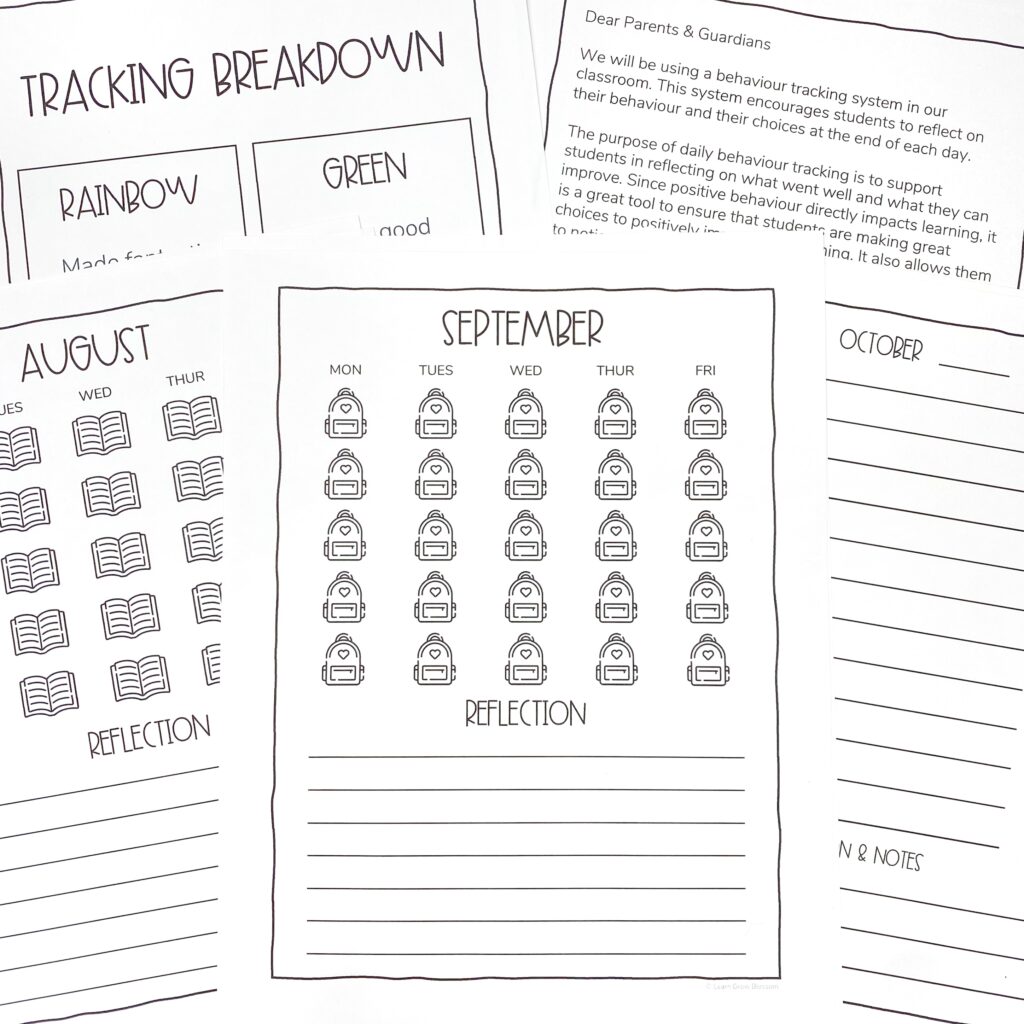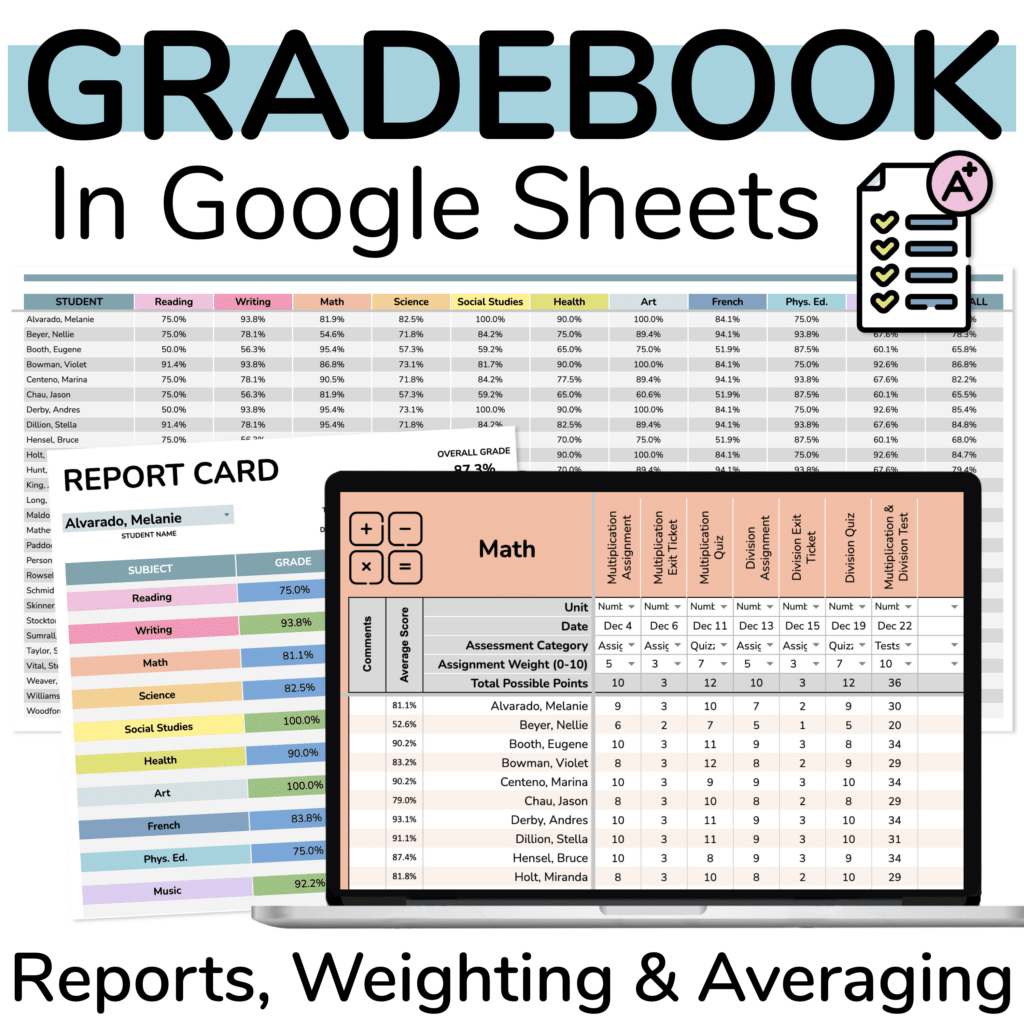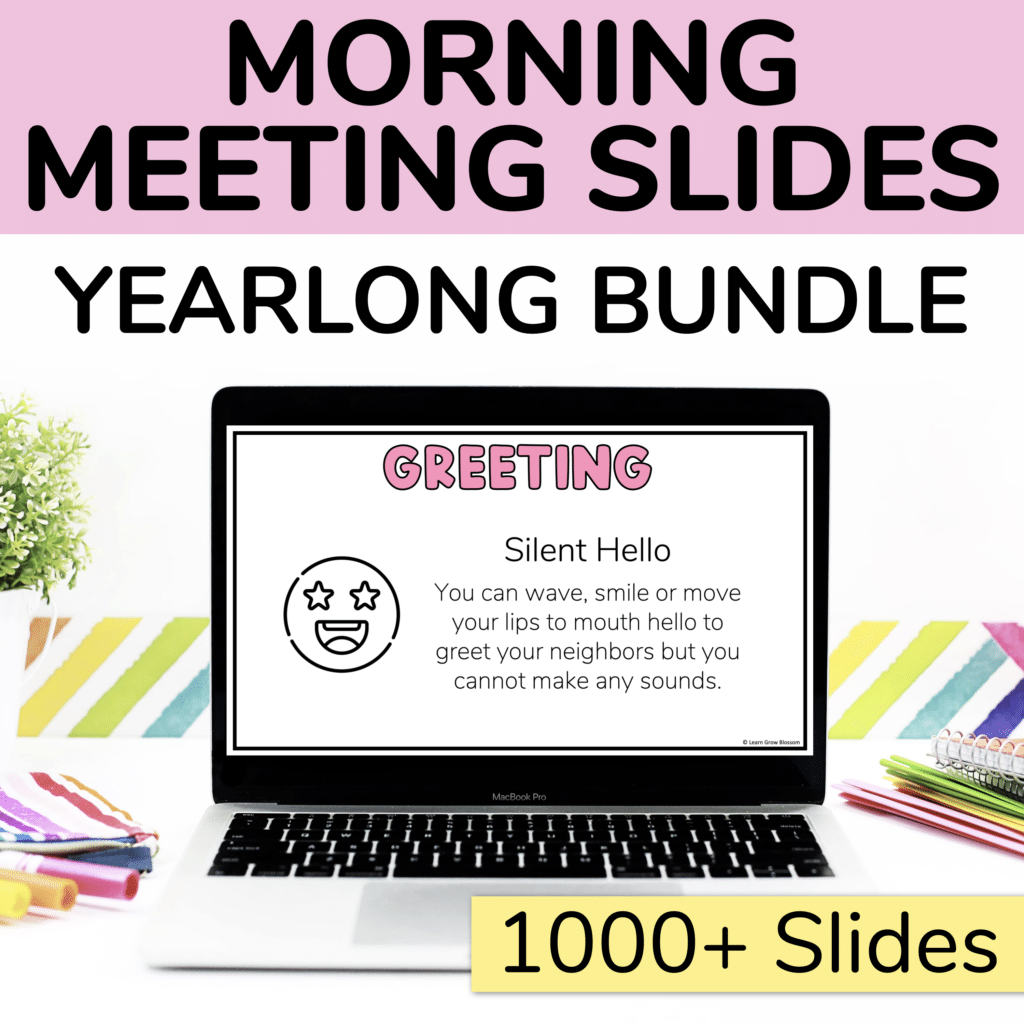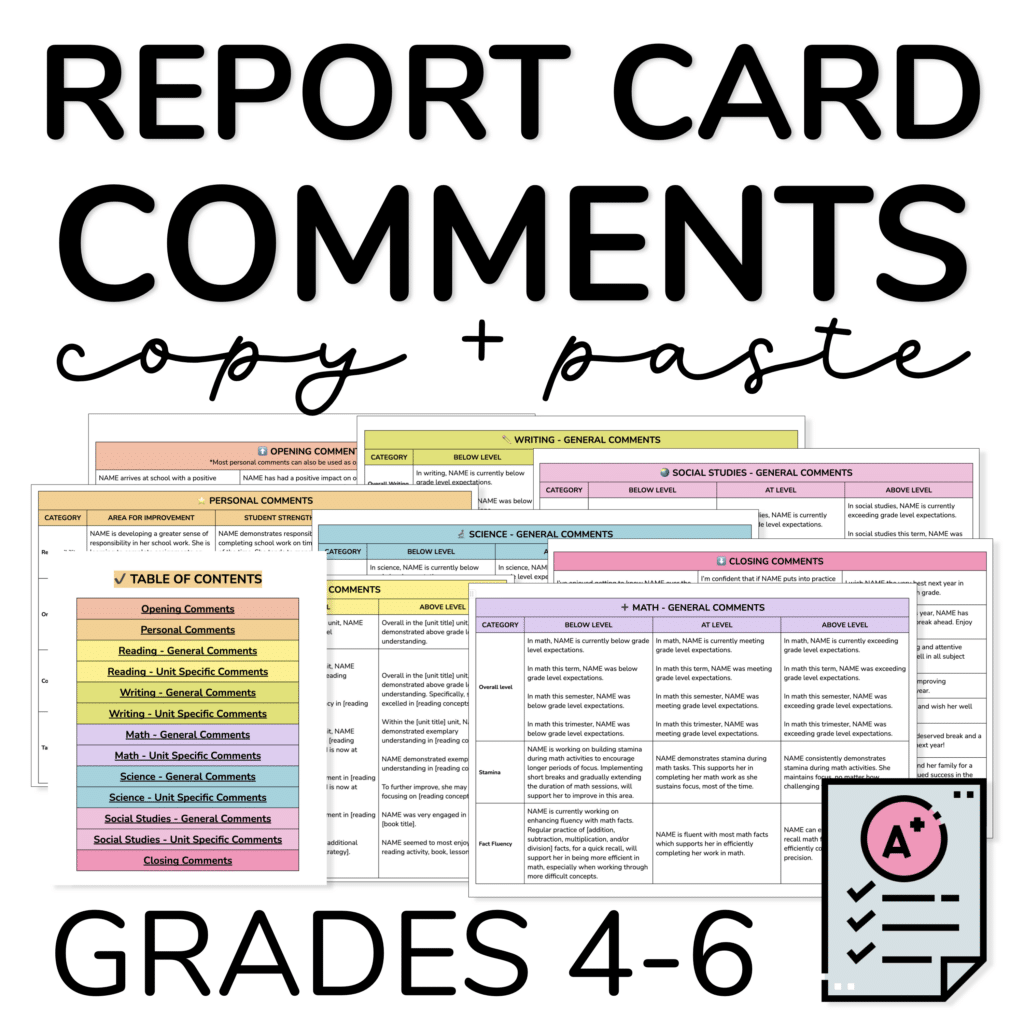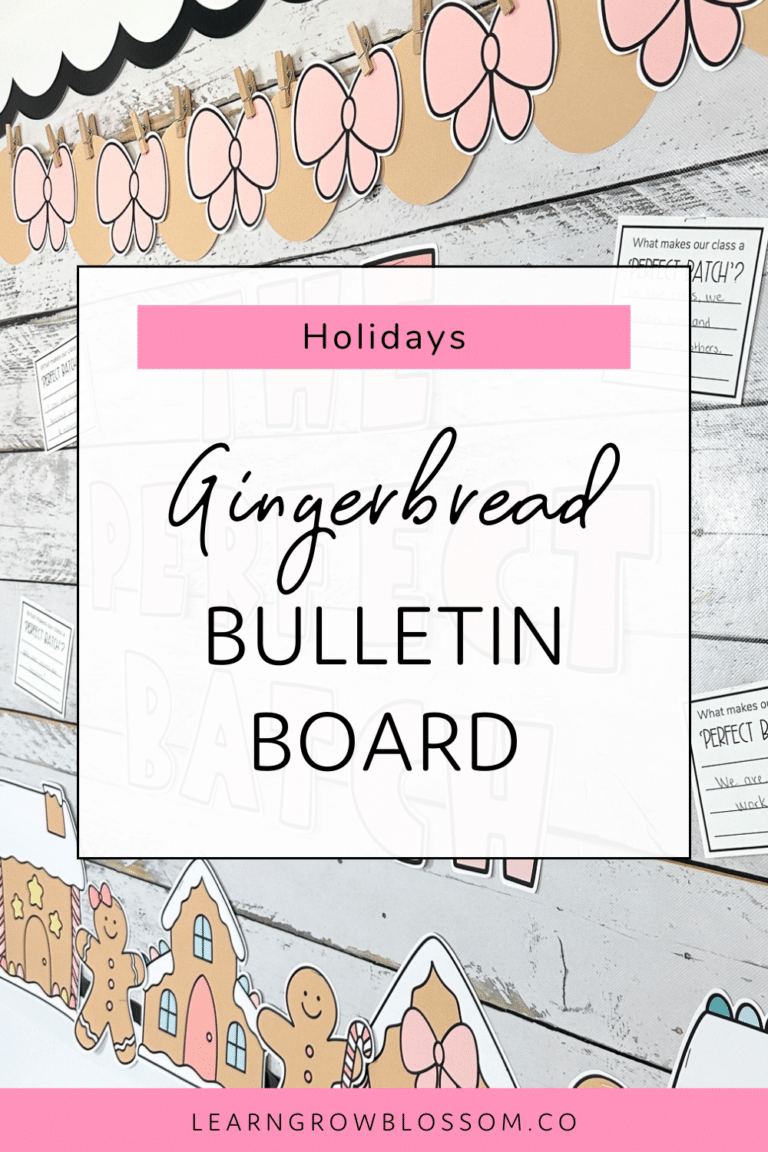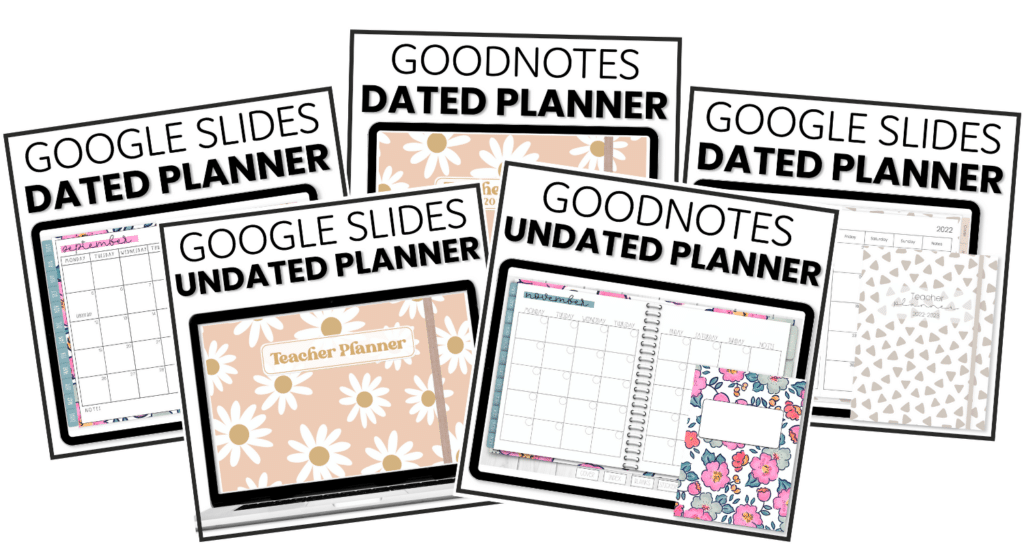The simple answer to this question is that flexible seating is being flexible with seating options.
It’s about helping students choose spots where they feel comfortable and do their best work. Flexible seating helps kids to feel empowered to make choices for their own learning. It tells kids that their opinions are valued and that the classroom is as much their space as it is their teacher’s space.
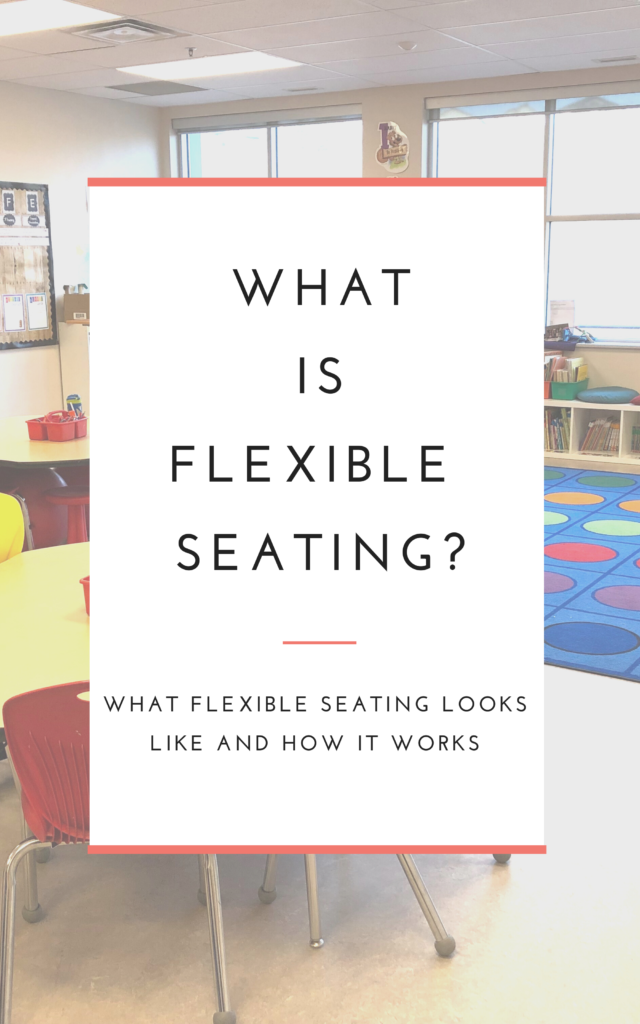
What does flexible seating look like?
There are a few different ways that teachers might choose to run flexible seating in their classrooms.
The first, is to have students choose their own work space and have different options “sprinkled” around the room. This involves teaching students how to use the different options available. It also means being open to have them come up with their own spot ideas.
What I mean by this is students love to find their own nooks and crannies to work in. To me, as long as that spot is working for them and they aren’t in anyone’s way, it’s fair game.
The second way is to have similar seating options grouped together by table. For example, there might be a table with ball chair seats and another table with crate seats.
When setting flexible seating up this way, the classroom might run in two different ways. Sometimes, students have the choice to choose which spots work best for them. Other times, students change seating options based on a rotating schedule.
A third way that I’ve seen flexible seating work is to have “home bases” for students. They can then choose to leave that space and select their own somewhere else.
Of course, how flexible seating looks isn’t always cut and dry. It might be a combination of the things I’ve mentioned above or might be something different entirely. My point is that there isn’t a prescribed way to “do” it. You can start small by incorporating a few options and then expand from there.
As you walk into a flexible seating classroom, you might see students: laying on the floor, under tables, on ball chairs, sitting with their peers, choosing to sit in a spot on their own, sprawled out on the couch…
How does flexible seating work?
Just like what I mentioned above, there isn’t a right way to run flexible seating. However, I do strongly believe that the best way to run it is to give students the choice for where they want to sit.
I believe that choice is the main benefit. I believe that when students are rotated through spots it can be more of a distraction than a tool. However, I also believe that teachers know their students best and whatever works best for kids is what should be done.
Classes differ each year. What works for one class may not work for another. Sometimes I’ve changed some of my flexible seating options depending on my students that year.
One year, students requested to have a few more individual desks. They wanted somewhere to go if they were distracted by their peers at tables.
Other years, the first step was teaching students to effectively sit at tables with peers (with prescribed spots). Next, they could effectively choose their own spots and work well in their self selected spots.
My main message is to play with it. See what works and what doesn’t. Try to give your students as much choice as they can because they will be empowered and will learn some fantastic skills.
What are the benefits to flexible seating?
There are many answers to the question “why flexible seating?” but there are four things that I think are most important to highlight.
Choice
When provided with choice, students are more committed to their learning, and are motivated to be on their best behaviour. They feel valued when they are empowered to make choices and want to continue to have the privilege to make choices for themselves.
In my flexible seating rules, I always make it very clear that if students are not making good choices for their learning, they will be asked to move to a spot that I’ve selected. Students want to continue to choose for themselves so they generally make good choices (most of the time).
The other benefit from giving students choice is that they actually learn how to make good choices. They don’t always get it right. None of us do! That’s part of being human. Being able to talk through the choices that they make (good or bad) with an adult is incredibly important to be able to reflect on what is going well and what isn’t. It helps students learn to be able to make better choices or to continue to make good choices.
Comfort
As adults, don’t we do our best work when we are comfortable? Right now, as I type this blog post, I’m in my PJs, wrapped up in a blanket while sitting on my couch. The words are flowing easily because I’m comfortable which makes my writing time enjoyable.
Isn’t this true for kids? If they are comfortable, they will be able to increase their stamina to complete classroom tasks. They will be more calm, and happy when doing those tasks.
Students’ favourite spots will differ. Some students might prefer to lay on their stomachs on the carpet while others might enjoy sitting upright on a chair at a table.
Who are we as adults to have every student sit in similar spots? Why not allow students to change their position, chair choice, or spot location if it helps them get the job done?
Community
When switching to flexible seating, there’s a shift that happens in students’ view of what space is “theirs”. Students no longer have their own desks where they keep all of their things (unless that particular class functions with a “home base”).
Instead, they might have multiple spaces they work in. Supplies might be shared with table mates or with the whole class.
This shift in students’ perception might seem small but it creates a sense of community and helps students see that the classroom is a community that we all take part in.
Student Engagement
There is a significant shift in control when teaching students to pick good working spots. They are given more control and choice which ups their engagement. And, of course, we know that engaged kids do the best learning!
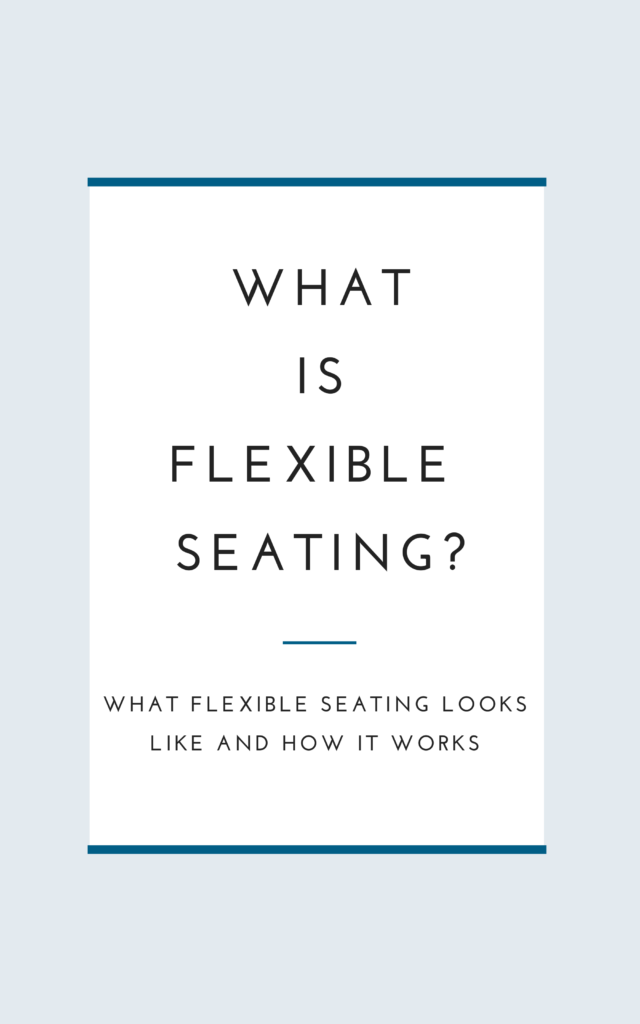
How To Introduce Flexible Seating
To introduce flexible seating, I tried something new this year and it worked great! I wrote students’ names on washi tape and assigned students different spots around the room. Every day for the first two weeks of school, I rotated students’ spots so that they had the opportunity to try different chairs and sit in different spaces before they were able to choose for themselves.
During those two weeks, we discussed what spots worked well for students and which didn’t. It’s important to teach them to reflect about their spot choices early on. This will help them to choose good working spots when they get the opportunity to choose for themselves.
How To Manage Flexible Seating
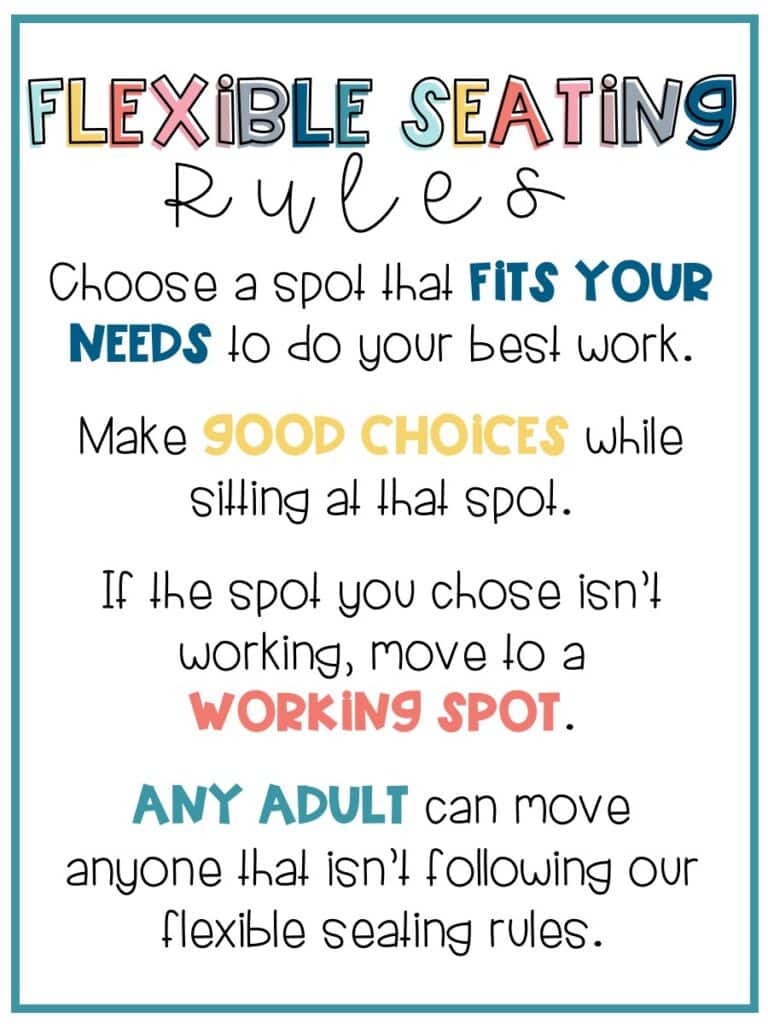
Once I’m ready to have students start choosing spots for themselves, we go over our flexible seating rules. I’m always prepared to have to ask some students to move in the first week or two as they are still learning. This is normal.
When I ask a student to move, we talk about why the spot wasn’t working for them and what a better choice would be for next time. Talking through their choices can help them make a better choice next time.
Sometimes, when asking a student to move I let them know that the next time we start something new that day, they have the opportunity to self select a new spot. I always encourage them to choose one of the spots that they mentioned that would be a “good choice”, from our conversation.
However, if I’ve moved a student a few times throughout the day, I may let them know that they can choose a new spot again tomorrow. It’s important to give students new opportunities to try to self select good working spots for themselves, but, it’s also important to not be “chasing” students around asking them to move throughout the entire day.
How to Help Students Who Are Struggling With Flexible Seating
Flexible seating doesn’t always go smoothly. Here are some tips to help students that are struggling with flexible seating:
- Be consistent with the rules. Don’t give 10 reminders for students that are off task in a self selected spot. Give them one or two, whatever you think is appropriate for that child, then ask them to move.
- When you’ve asked a child to move, let them know how long they must use that new spot for. Are they free to choose another spot for the next task or assignment? Do that have to wait until the next day to choose a new spot for themselves?
- I “check myself” so I don’t jump the gun and take away flexible seating privileges for a student that is having difficulty choosing their own spot. With coaching, students can learn to choose for themselves.
- If flexible seating is causing stress for a particular student, setting up a “home base” for that student might be helpful. That way, they have a certain spot that they know is theirs but they can also choose to sit somewhere else, when they want to venture out.
- In the past, when my entire class was struggling with flexible seating, we went to having assigned spots for a few weeks. This helped remind them that they must be responsible in choosing spots that will help them learn, if not, they are showing me that they cannot do flexible seating at that time. When we returned to flexible seating after this “hiatus”, it went great. Students were much more keen to follow expectations.
Can you do flexible seating with desks?
Absolutely! Flexible seating works with any and all furniture. The purpose is just to have different configurations and seating options for students.
If you have desks, I would suggest setting up your desks in different configurations with some groups of three and four as well as some desks in twos. Some students work best with many peers around them to work together and ask for help, when needed. Other students, especially those who are easily distracted, prefer to sit with only one of their peers.
Keep in mind that the furniture isn’t what makes flexible seating work. It’s about giving students the freedom to choose where they would work best.
Where to buy flexible seating?
Anywhere! You can find great flexible seating options just about anywhere. Remember, you don’t need anything fancy! Think, garage sales, Amazon, Facebook Marketplace, DIY projects, your grandma’s basement, the sky is the limit.
I’ll say it one more time, though having fun furniture options makes flexible seating fun, it isn’t just about the furniture. It’s about letting students make choices for their own learning.
Further Reading
For further reading on this topic, check out my other post on flexible seating rules.






